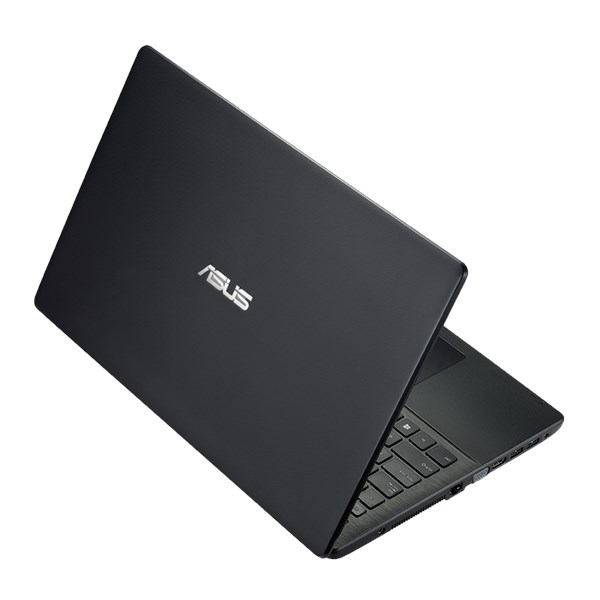What is device encryption?


Device encryption helps protect your data, and it's available on a wide range of Windows devices. If you turn on device encryption, the data on your device can only be accessed by people who've been authorized. If device encryption isn't available on your device, you may be able to turn on standard BitLocker encryption instead.
If Apple MacBook Pro is not the best laptop for you economically, then you might want to check out Acer Predator Helios 300 laptop. Although it is a gaming laptop, you can still easily use it for your data analysis and data science. Acer Predator Helios 300 comes with top-notch hardware so that you can easily do all the heavy work. Laptop Tablet Mobile hotspot USB modem LTE camera 4: 15GB: $60 35GB: $85 Overage: $10 per 2GB Discount: Get $10 off when you sign up for AutoPay and paperless bill: Add AT&T Passport Data for laptops and tablets 5: 2GB: $70 for 30 days 6GB: $140 for 30 days Overage: $30 per GB: AT&T Wireless Internet 3: AWI device: Talk-only plan: $20 per month.
Pro-data Laptops Amazon
Note: BitLocker is not available on Windows 10 Home edition.
Prodata Laptops & Desktops Drivers
Is it available on my device?
Device encryption is available on supported devices running any Windows 10 edition. If you want to use standard BitLocker encryption instead, it's available on supported devices running Windows 10 Pro, Enterprise, or Education. Some devices have both types of encryption. For example, a Surface Pro which runs Windows 10 Pro has both the simplified device encryption experience, and the full BitLocker management controls. Not sure which version of Windows you have? See Which Windows operating system am I running?
To see if you can use device encryption
In the search box on the taskbar, type System Information, right-click System Information in the list of results, then select Run as administrator. Or you can select the Start button, and then under Windows Administrative Tools, select System Information.
At the bottom of the System Information window, find Device Encryption Support. If the value says Meets prerequisites, then device encryption is available on your device. If it isn't available, you may be able to use standard BitLocker encryption instead.
To turn on device encryption
Sign in to Windows with an administrator account (you may have to sign out and back in to switch accounts). For more info, see Create a local or administrator account in Windows 10.
Select the Start button, then select Settings > Update & Security > Device encryption. If Device encryption doesn't appear, it isn't available. You may be able to turn on standard BitLocker encryption instead.
If device encryption is turned off, select Turn on.
To turn on standard BitLocker encryption
Sign in to your Windows device with an administrator account (you may have to sign out and back in to switch accounts). For more info, see Create a local or administrator account in Windows 10.
In the search box on the taskbar, type Manage BitLocker and then select it from the list of results. Or you can select the Start button, and then under Windows System, select Control Panel. In Control Panel, select System and Security, and then under BitLocker Drive Encryption, select Manage BitLocker.
Note: You'll only see this option if BitLocker is available for your device. It isn't available on Windows 10 Home edition.
Select Turn on BitLocker and then follow the instructions. (If BitLocker is turned on and you want to turn it off, select Turn off BitLocker.)
Additional resources

If your device requires a recovery key to unlock, see Find your recovery key.
